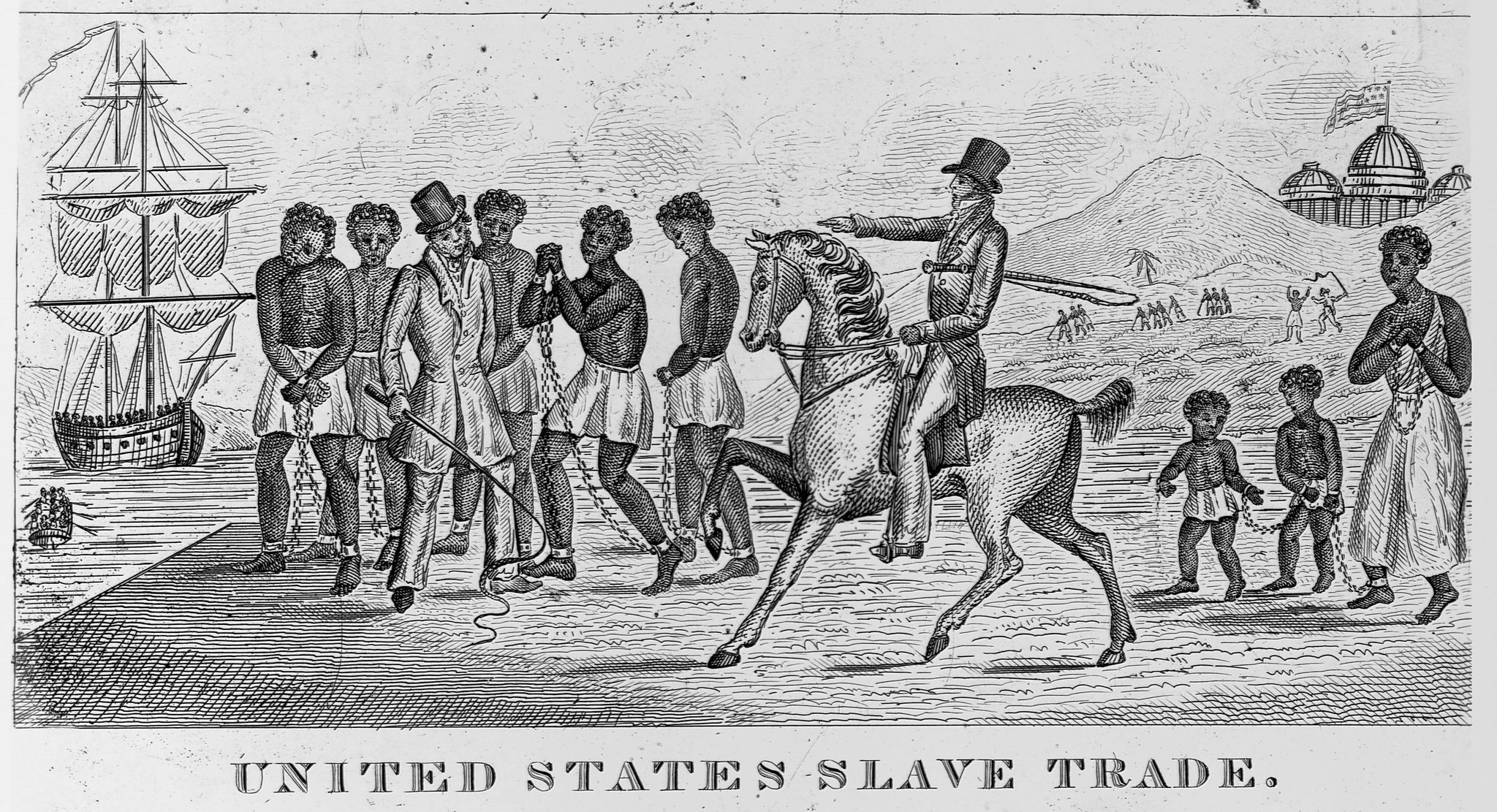
April 16, 2019
By Tera W. Hunter
Dr. Hunter, a professor of American history and African-American studies, specializes in the 19th and 20th centuries. On April 16, 1862, President Abraham Lincoln signed a bill emancipating enslaved people in Washington, the end of a long struggle. But to ease slaveowners’ pain, the District of Columbia Emancipation Act paid those loyal to the Union up to $300 for every enslaved person freed.
That’s right, slaveowners got reparations. Enslaved African-Americans got nothing for their generations of stolen bodies, snatched children and expropriated labor other than their mere release from legal bondage.
The compensation clause is not likely to be celebrated today. But as the debate about reparations for slavery intensifies, it is important to remember that slaveowners, far more than enslaved people, were always the primary beneficiaries of public largess.
The act is notable because it was the first time that the federal government authorized abolition of slavery, which hastened its demise in Virginia and Maryland as runaways from these states fled to Washington. It offered concrete proof to enslaved people and their allies that the federal government might facilitate the destruction of slavery everywhere. And it confirmed the worst fears of their foes about an interloping tyrannical president.
CLICK HERE TO READ FULL PDF FILE
SOURCE: https://www.nytimes.com/2019/04/16/opinion/when-slaveowners-got-reparations.html
Leave A Comment